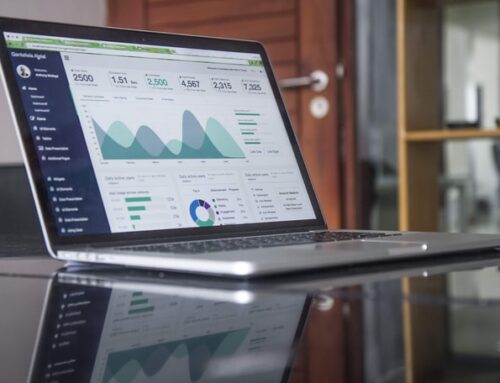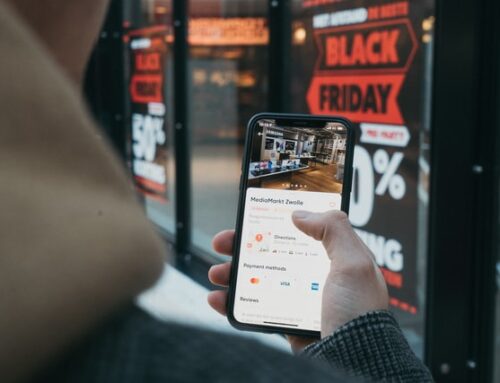
SEO vs SEM: What’s The Difference?
Author : Hardeep Singh
June 7, 2025
SEO (Search Engine Optimization) and SEM (Search Engine Marketing) are important, powerful business tools that appear to be incomparable since both are prepared to create traffic to the site, but when we investigate the terms deeply, they are completely different traffic generation techniques.
The primary contrast between SEO and SEM is that SEO focuses on improving a site’s organic search engine ranks. Furthermore, SEO is an important organic ranking strategy that works in tandem with SEM. SEM, on the other hand, generates visitors through other assets, for example, sponsored promotion, and SEO is also remembered for SEM.
Comparison Chart
| Topic | SEO | SEM |
|---|---|---|
| Full-form | Search Engine Optimization | Search Engine Marketing |
| Definition | It is a strategy used to increase the number of visitors to a website by ensuring the site’s better position by optimizing the search. | It is a web-based advertising technique that involves site expansion by increasing the website’s visibility in SERPs through improvement and promotion. |
| Relationship | SEM includes SEO | SEM is a broad word for traffic generation that is a superset of SEO |
| Traffic Volume | Obscure and long-term | Controllable |
| Search Type | Organic | Paid |
| Cost | Inexpensive | Expensive |
What is SEO?
Search engine optimization (SEO) is a method for putting a website in a good position and increasing the visibility of the website so that it can be easily found on the web. Overall, it improves the site’s natural online search tool ranks. The natural here refers to free assistance. An improved site is more easily perceived by Search Engine Crawlers, which results in working on the site’s position in the Search Engine Result Pages (SERPs). Google uses 205 factors to determine which website ranks top in the Google list items for a given keyword.
Search engine optimization may be improved in two ways: off-site SEO and on-SEO. On-site SEO refers to improving the site by precisely spreading the keywords all around the site and making the site’s structure (web page, titles, labels, content, and so on) as good as possible, which additionally supplements the target keyword. Off-page SEO refers to obtaining high-quality links from other high-ranking sites in order to build trust from the perspective of a search engine.
The following actions were taken to optimise the search:
- Keyword research and lawful use of such catchphrases on the website
- Creating content-based on the needs of the visitors
- Enhancing the web pages to reduce heap time
- Simplifying the navigation while yet developing for the clients
- Creating high-quality backlinks to your website from various sources
- Creating opportunities for visitors to browse more pages, spend longer time on the site, and reduce bounce rate.
What is SEM?
SEM (Search Engine Marketing) is an umbrella term for paid or unpaid search advertising in which a company pays a web crawler to display their adverts in the list items. SEM comprises both paid search (cost per click or pay per click) and organic SEO.
Advertisers study previous web crawler inquiry measures to choose the greatest catch for the organisation’s to include in the limited time crusade.
The essential component that establishes the idea of Search Engine Marketing as a marketing technique is the keywords. That is why, before settling on a keyword for SEM campaigns, one should conduct extensive research as part of the keyword management strategy to get better results. In SEM, advertising displays towards the top of the SERPs, giving the business an opportunity to improve the visibility of its website.
Search Engine Marketing Strategies
- SEO (Organic SEM)– This method generates traffic without the need for sponsored search.
- Paid SEM– This is a process in which the customer pays to generate traffic to their websites. PPC (Pay Per Click) and CPC (Cost Per Click) are two examples (Cost Per Click).
In SEM, the role played by it are:
- Sending out the promotion campaign with the intention of reaching out to a certain audience
- Creating promotional groups using various keywords
- Creating a promotion expenditure strategy
- Examining SEM metrics like clicks, impressions, and traverse rates, among others.
The Significant Differences Between SEO and SEM are:
- SEO is improving a website’s page content and visibility in order to achieve a higher ranking on the SERP. Alternatively, SEM comprises site promotion to increase perceivability and traffic in SERPs
- SEM comprises two tactics: free and paid advertising. Unpaid promoting is done using SEO, hence SEO is a component of SEM
- SEM traffic volume is adjustable and is determined by the amount a person may spend or provide for online advertising. In contrast to SEM, SEO is difficult to predict visitors in advance, and it also necessitates a significant amount of time as compared to SEM
- SEO is a natural (free) search engine, whereas SEM is typically a sponsored operation
- Despite the fact that it is a cost-effective treatment, SEM is expensive. In contrast to SEM, SEO does not necessitate additional expenditure.
Conclusion
SEO focuses on natural (free) search results or obtaining the top position on a web index relevant to your site when a client searches. However, with SEM, the emphasis is on selecting the correct keyword to save advertising cash with the objective that the promotion appears in the sponsored inquiry items on major web crawlers.
So, next time, you wish to run an SEM and SEO campaign for your business, please feel free to get in touch with us anytime. Our team can help you to accelerate your business growth by outsourcing all your IT requirements to us.












